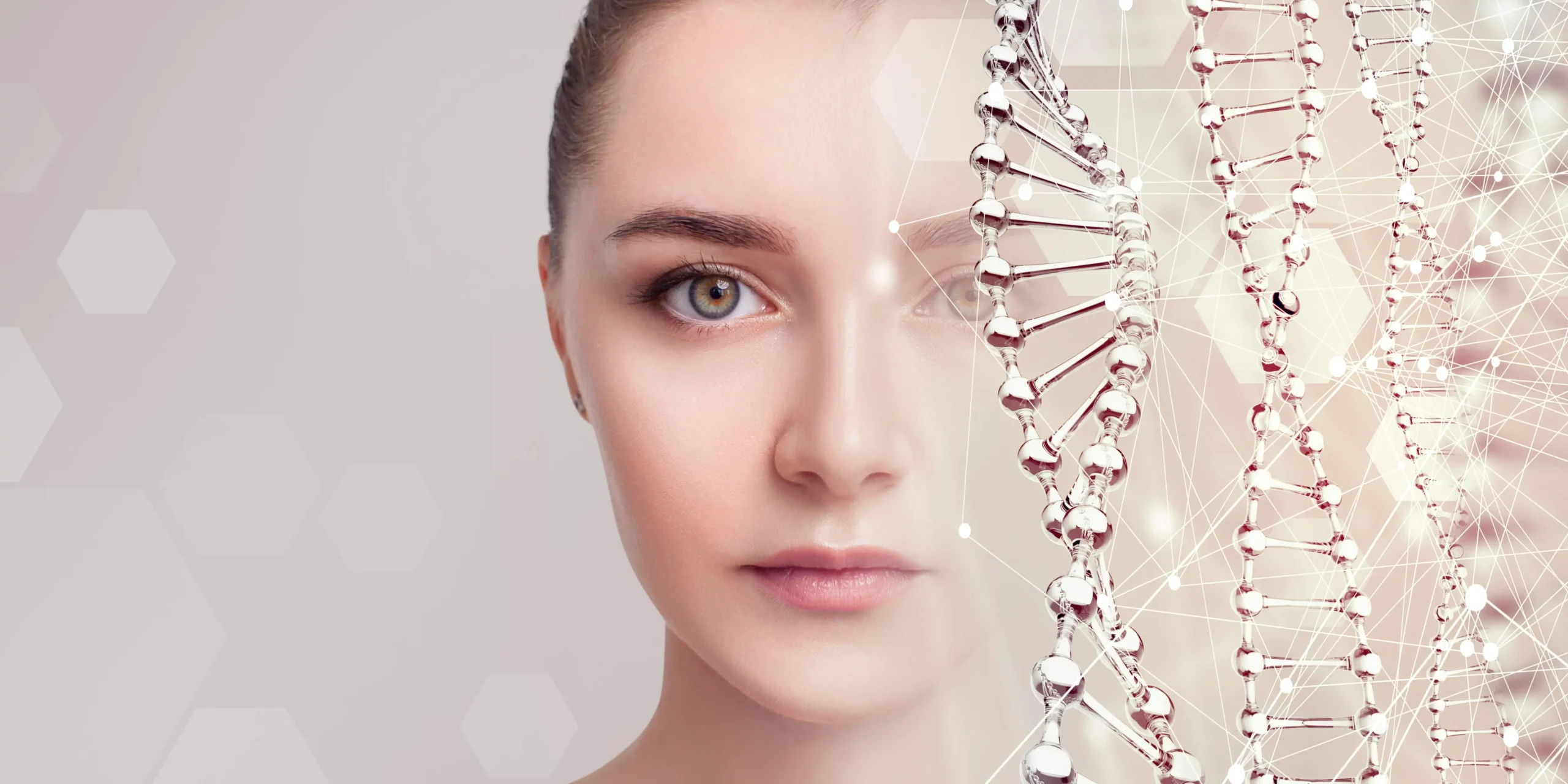Table of Contents
The FDA is taking action on harmful food dyes. Now is the time to make informed choices and prioritize your health by reading labels and choosing cleaner options.
The last time you walked through a grocery store, were your eyes drawn to something bright—maybe a neon-colored cereal box, a rainbow-hued sports drink, or a pack of fruit snacks that look more like candy than food?These vibrant colors are no accident—they’re the result of synthetic food dyes that have become nearly impossible to avoid in the modern food supply. But behind those bold hues lies a growing concern: a mounting body of research has linked many of these artificial dyes to a variety of health issues, especially in children.
In a long-overdue move, the FDA has announced plans to phase out petroleum-based synthetic dyes like Red 3, already banned in countries like the UK and Canada, and is reviewing others for potential removal from the U.S. market. These additives have been tied to hyperactivity, behavioral issues, allergic reactions, and even cancer in animal studies, yet they remain widespread in everyday foods and supplements.
At Nova Vita, we believe consumers deserve to know what’s in their food and how it may be affecting their health. In this article, we’ll break down what dyes are being banned or scrutinized, where they’re most commonly found, and how you can make safer, more informed choices for yourself and your family.
Nova Vita Solutions
We are dedicated to helping you achieve optimal health with services designed to support your well-being. Our weight loss programs are tailored to fit your lifestyle, helping you reach your goals sustainably and healthily. Our telehealth services offer a seamless way to manage your health from the comfort of your home. Whether you’re seeking consultations, prescription refills, or specialized therapies, Nova Vita ensures that quality care is always within reach. Our offerings include peptide therapy, semaglutide, tirzepatide, and NAD+ treatments, all designed to support your health goals. Through virtual consultations, lab work at nearby facilities, and doorstep medication delivery, we make it easier than ever to take charge of your health. Book an appointment to get started today.
What are Synthetic Dyes?
Synthetic food dyes are artificial color additives made from petroleum, designed to enhance the appearance of processed foods. They’re what give fruit snacks their vivid reds, blues, and greens, and what make cereals, chips, and drinks more visually appealing on store shelves.
You’ll also find them in foods you’d never suspect, such as salad dressings, pickles, yogurt, even protein bars and jerky. Often, dyes are used not to create rainbow effects, but to make products appear fresher, more flavorful, or more natural than they are.
While they may brighten up your plate, these dyes come with a growing list of health concerns. Studies have linked certain synthetic dyes to behavioral issues in children, especially those with ADHD, and animal research has raised concerns about their potential to contribute to cancers and allergic reactions. One of the most controversial, Red No. 3, was banned from use in cosmetics back in 1990 after being shown to cause cancer in lab animals, yet remained in food for decades until a recent FDA decision to phase it out.
The Process of Banning Synthetic Dyes
The FDA is moving to fully revoke authorization for two synthetic dyes: Citrus Red No. 2 and Orange B. Citrus Red No. 2 is rarely used, primarily to color the skin of oranges (not the fruit inside), and Orange B hasn’t been used in decades, once appearing in sausage casings and hot dogs. However, banning these dyes sets a precedent for the health quality of American food products. More importantly, the FDA is now calling for a voluntary phase-out of six commonly used dyes:
- FD&C Red No. 40
- FD&C Yellow No. 5
- FD&C Yellow No. 6
- FD&C Blue No. 1
- FD&C Blue No. 2
- FD&C Green No. 3
These dyes are found in thousands of products, from cereals and sports drinks to vitamins, supplements, and baked goods. The FDA is encouraging food manufacturers to remove them through a mutual “understanding,” rather than through formal bans. Unfortunately, this leaves the door open for companies to continue using these additives, and some industry groups have already pushed back, citing outdated safety claims.
Red No. 3, one of the most controversial dyes due to its cancer links in animal studies, is already scheduled to be removed from foods and oral medications by 2028. The FDA has said it intends to accelerate that timeline, though no specific deadline has been announced.
While these moves represent progress, they also highlight how much further we have to go. Without clear enforcement or strict regulations, it’s up to both consumers and brands to demand better ingredients and safer products for our country.
What Changes Can We Expect in Our Food?
The FDA is encouraging food manufacturers to transition from synthetic dyes to natural color alternatives. These replacements may include plant-based and mineral-derived colors, such as beet juice, turmeric, spirulina, butterfly pea flower extract, gardenia blue, and even emerging options like Galdieria extract blue and calcium phosphate.
While these natural options can provide similar visual appeal, they’re far less likely to pose health risks, making them a smarter choice for both families and food brands that value transparency and safety.
You will likely see these changes in new product launches initially, where brands can start fresh with cleaner ingredient lists. Reformulating existing products takes time and investment, and because there’s currently no legal mandate to remove synthetic dyes, many legacy brands may continue using them until further regulatory action is taken.
Where to Find Foods With Synthetic Dyes
Highly processed foods, such as candy, baked goods, bagged snacks, and soft drinks, often feature high quantities of artificial dyes. Here are some of the most common artificial colorants and the products they appear in:
- FD&C Red No. 40
Found in: Fruit snacks, sports drinks (like Gatorade), flavored yogurts, cereals, candy, gelatins, and some children’s medications and vitamins. - FD&C Yellow No. 5
Found in: Chips (like Doritos), boxed macaroni & cheese, soft drinks (like Mountain Dew), candies, baked goods, and pickles. - FD&C Yellow No. 6
Found in: Cheese-flavored snacks, processed cheeses, cereals, beverages, pudding mixes, and sauces. - FD&C Blue No. 1
Found in: Blue raspberry-flavored candies and drinks, ice pops, frostings, and mouthwashes. - FD&C Blue No. 2
Found in: Candies, pet foods, cereals, sports drinks, and gelatin desserts. - FD&C Green No. 3
Found in: Mint-flavored candies and gums, beverages, and ice cream.
To learn more about what foods may have high levels of these food dyes, you can use the Environmental Working Group’s Food Scores Tool, where you can search by product or ingredient to identify synthetic dyes in the foods you eat.
Why Reading Food Labels is More Important Than Ever
As the FDA takes steps to rein in harmful synthetic dyes, we still play the most powerful role inprotecting our health. Many countries, including those in the European Union, have already banned or restricted artificial dyes that are still widely used in the U.S. But now, America is finally beginning to catch up, marking a turning point for public health and food transparency.
One of the most impactful actions you can take is simply to read ingredient labels carefully. Look for FD&C dye names like Red 40, Yellow 5, and Blue 1, or vague mentions like “artificial colors.” The fewer synthetic additives in your cart, the fewer you’re putting into your body—and your family’s. If you’re unsure what to look for, this guide to red flags on nutrition labels offers a helpful breakdown of ingredients that raise concern. And for a broader look at how the U.S. stacks up when it comes to health and regulation, our article on America’s overall health landscape explores why our food system is overdue for reform
For help on your wellness journey, book a wellness consultation with Nova Vita and see how our services can help you feel, look, and be your best.






